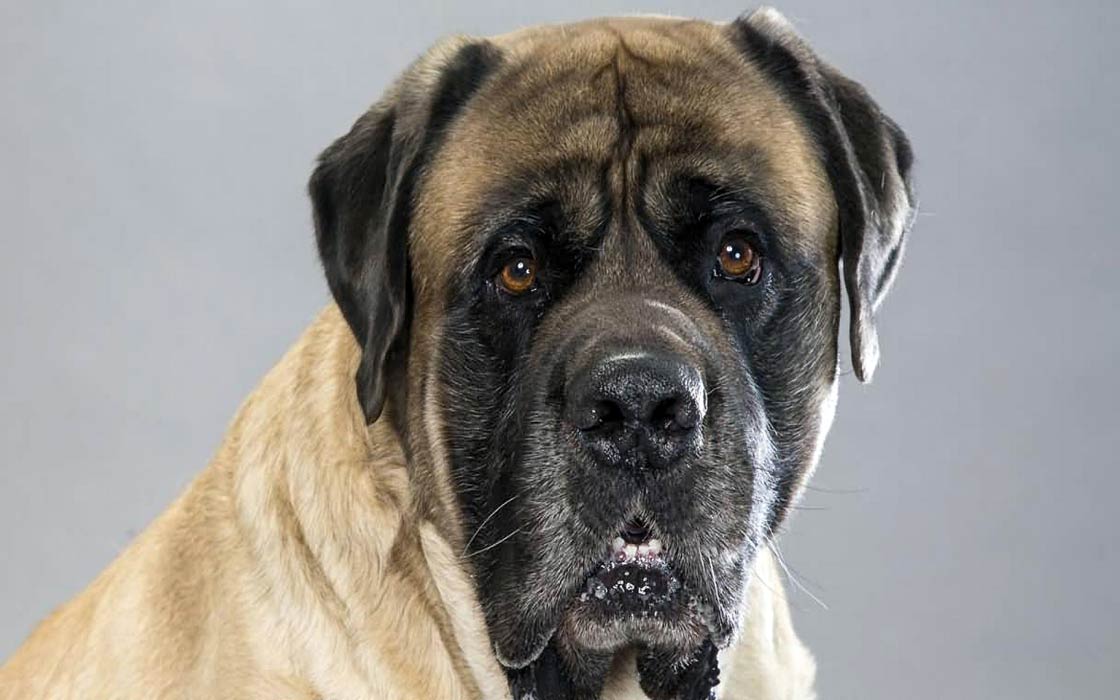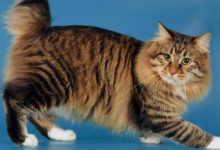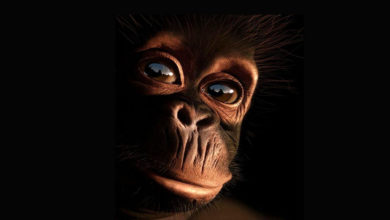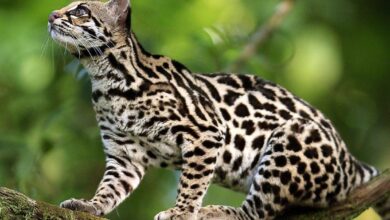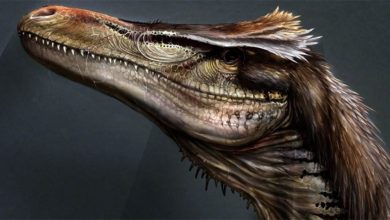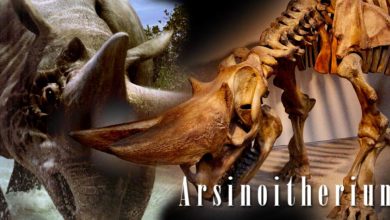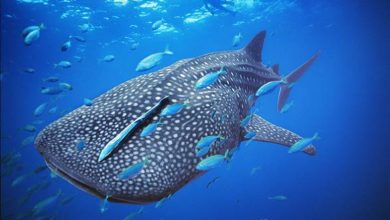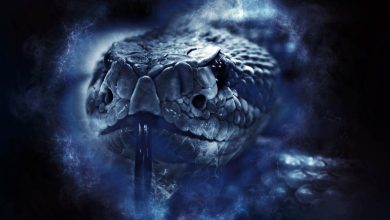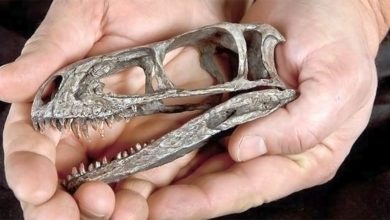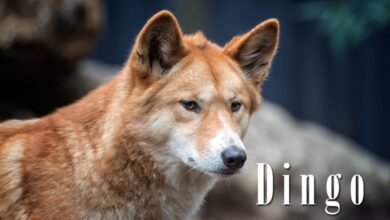English Mastiff
Mastiff is one of the largest breeds of dogs. Due to its size, the Mastiff looks awesome, but its nature is a calm, good-natured dog with a very balanced temperament. It behaves in a wait-and-see manner and cautiously towards new situations. The mysterious history of the breed, its size and nice disposition create an unusual mixture that many dog lovers find hard to resist. Although the English Mastiff may seem inaccessible at first glance, it can show tenderness and devotion towards owners. The historic mastiff is the ancestor of many dog breeds today, such as Great Dane, boxer or bulldog. The exact origin of this type of dog cannot be found out.
FCI classification
- Group 2 Pinscher and Schnauzer – Molossoid breeds – Swiss Mountain and Cattle Dogs
- Section 2.1 Molossoid breeds, Mastiff Type
- Without working trial
- Other names: Mastiff
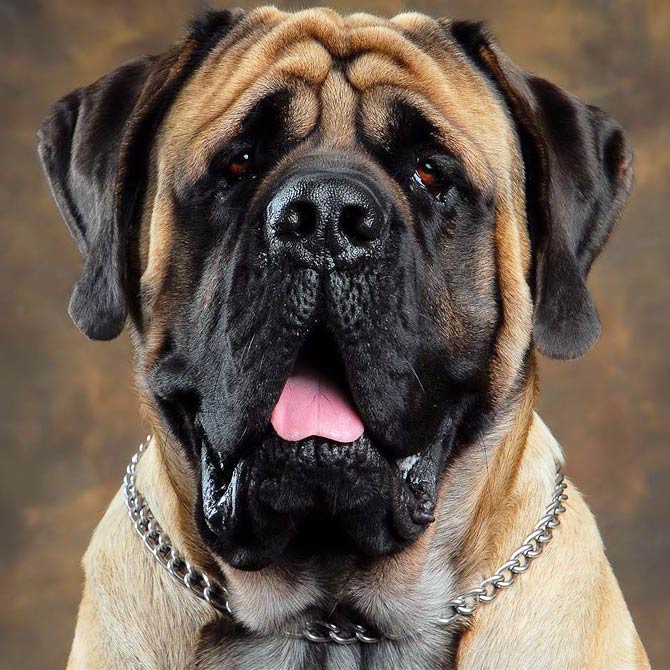
History of the breed
The English Mastiff is an old breed, but we are not sure about its origin, because there is a lot of information on this subject, and a lot of it is difficult to verify. It is suggested in the scientific cynological records that its ancestors were brought from Assyria by the Phoenician traders arriving in Britain.
However, there is no evidence that the Phoenicians ever reached the Island, so it has been theorized that Britain had a native breed of dogs on its territory that were later bred during the Roman Empire. It is also known that the Romans invading Britain met with great resistance from the natives and their dogs, characterized by bravery and aggression. These dogs were not only engaged in fighting, but also in hunting.
Many individuals were transported to Byzantium, where they were “employed” in circuses where they fought with humans, other dogs and wild animals.
Probably, the main progenitor of the breed was the Pugnaces Britanniae – the name was created by the Romans to describe the indigenous British fighting breeds.

Characteristic
Appearance
Like all mastiffs, it is characterized by a massive body, a wide skull and a square silhouette. In terms of weight, it is one of the heaviest breeds, but in terms of height at the withers, it is outgrown by the Irish Wolfhound and Great Dane, but not as strong or massive as the English Mastiff.
The muzzle is very wide up to the tip of the nose, but short. Nose broad, straight in profile, eyes small, set wide apart, iris the color of hazel or darker. The ears are also small, delicate to the touch, set wide apart, and located on the upper edge of the skull, which makes it seem even wider.
Tail set high, reaching the hock when hanging down; it is wide at the base but tapers towards the end. During the activity, it is curled upwards, but does not rise above the line of the back. The coat is short, while the color may be silver, fawn, peach, dark brindle. There is always a black mask on the face reaching the ears.
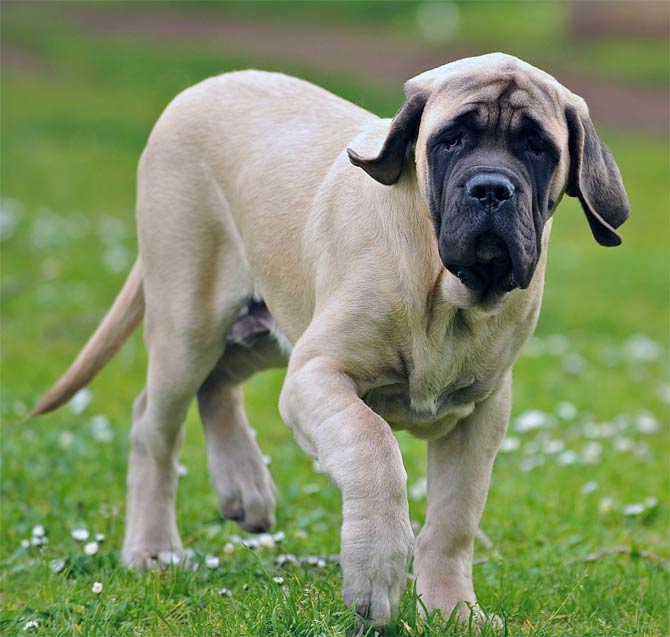
Temperament
The level of dominance can vary within a single litter. Even so, the English Mastiff is a natural-born guard, who rarely barks, but can successfully defend territory and family. If it sees an intruder, it keeps him in a corner, meaning it does a lot to avoid attacking him.
It does not need guard training; no matter how friendly it is, it switches to guard mode when a threat is detected, but shows a great deal of independence, unless the owner gives it a sign that everything is fine.
The English Mastiff is alert, self-confident and patient, therefore it is considered a great companion for children. Moreover, it exhibits high intelligence, calmness and obedience. It responds well to commands, but requires a gentle and patient trainer. It likes to feel appreciated and noticed, therefore it needs human leadership.

Health condition
It behaves adequately to its dimensions at all stages of development – it can be noisy and clumsy when moving.
Since it is a very impressive dog, it requires a proper diet (it should be fed 2-3 times a day, it should not be fed a large portion once a day as it increases the risk of stomach twisting) and high physical activity. For the first 2 years of life, however, runs are not recommended, as it may result in damage to the epiphyseal cartilage, all due to the very rapid development of the dog. Exercise should be given throughout the dog’s life to avoid becoming lethargic and lazy – these two acquired qualities can cause a number of health problems.
It is recommended that your dog sleep on soft bedding to prevent arthritis and swelling. Due to their large size, puppies may fall victim to being crushed by the female during breastfeeding, so you should keep an eye on a freshly baked mother and her offspring.
Serious diseases occurring within the breed are: joint dysplasia, gastric torsion, obesity, osteosarcoma, and cystinuria. Sometimes there are cardiomyopathies, allergies, vaginal hyperplasia, rupture of the cruciate ligament, hypothyroidism, separating osteochondral necrosis, persistent pupillary membrane, eyelid eversion, progressive retinal atrophy.
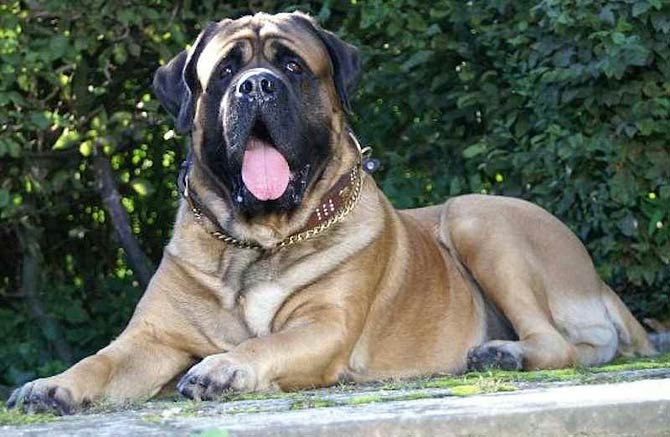
Detailed data / dimensions (size)
English mastiff
- Height at the withers:
- males: 76 – 90 cm (30 – 35 in), sometimes taller
- females: over 70 cm (28 in)
- Mass:
- males: 85 – 113 kg (187 – 249 lb), sometimes heavier
- females: 75 – 82 kg (165 – 181 lb), sometimes heavier
- Life expectancy: 7 years, often 10-11 years
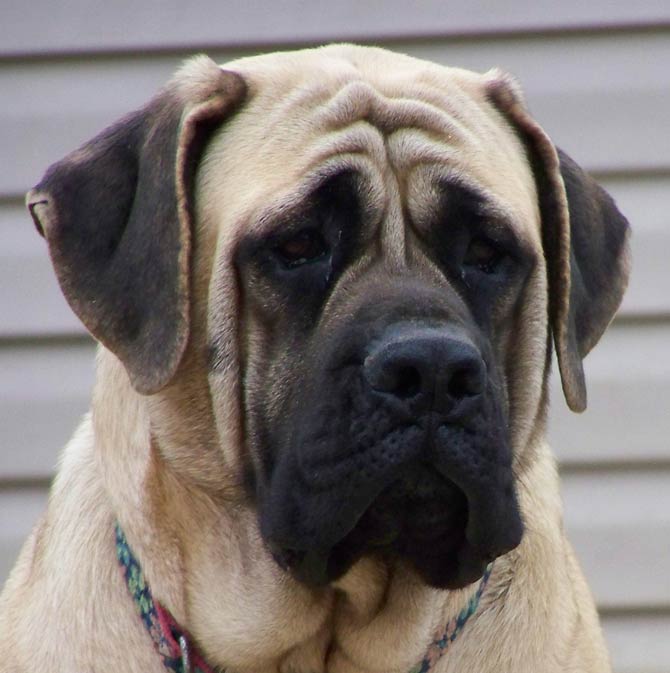
English Mastiff – interesting facts
- The origin of the term “mastiff” is unclear. Many people say it evolved from the Old English word masty, meaning “strong” or “powerful”, but the Oxford English Dictionary takes the word to be rooted in Old French mastin, which is derived from Vulgar Latin, more specifically the word ma(n)suetinus – ” tame”.
- Large dogs depicted in bas-reliefs and figurines from the 6th century BC. in Assyria, during the reign of King Ashurbanipal, they may have contributed to the emergence of the modern race, but there is no genetic evidence or historical connection. The dogs of the time were believed to have been able to fight lions, tigers, bears and gladiators in Roman arenas
- Today, English mastiffs are the 28th most popular breed in the USA.


